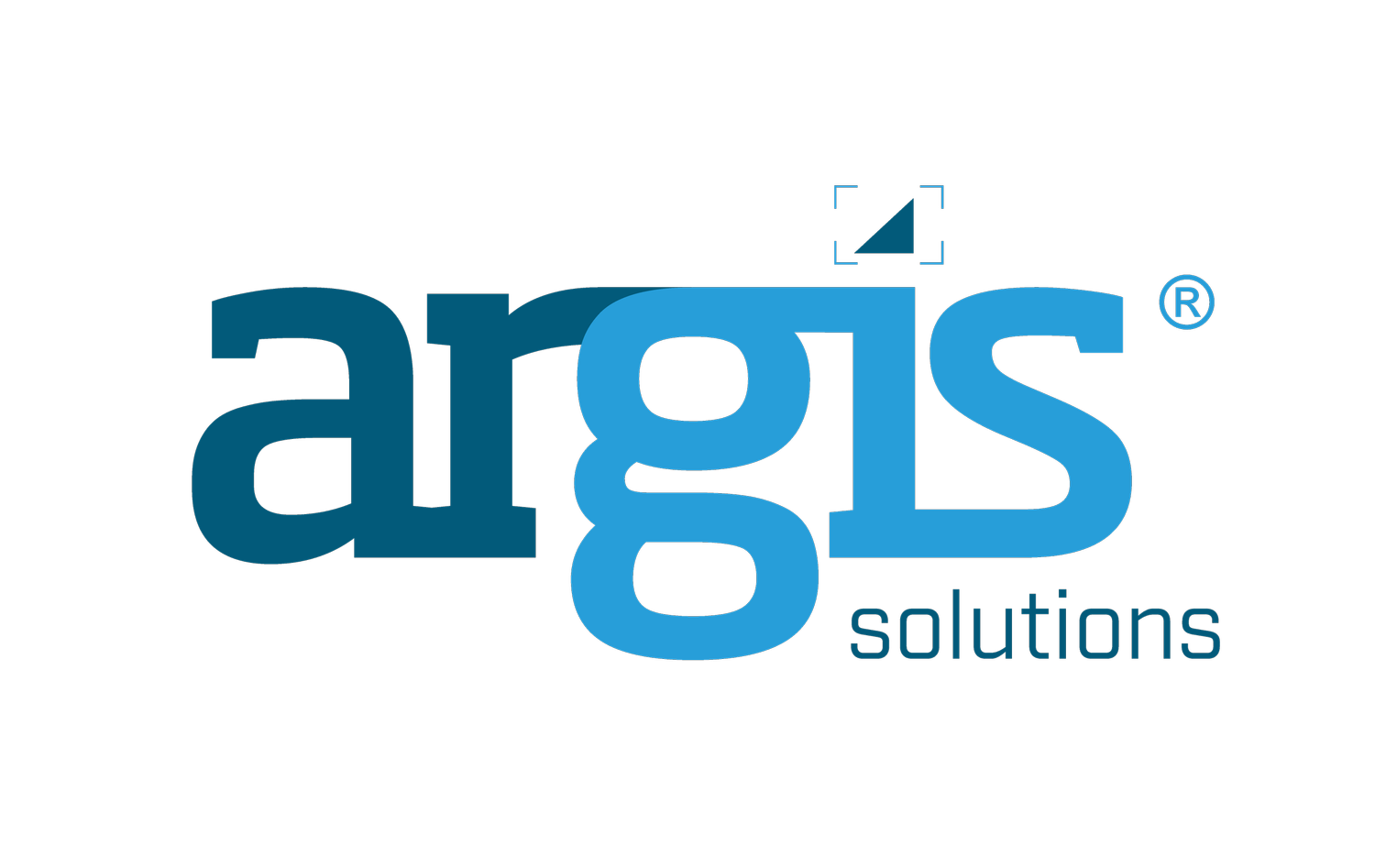Addressing Aging Infrastructure with AR
GIS data shown via augmented reality technology can help communicate discrepancies during the remediation process for upgrading underground infrastructure.
The Problems Created by Aging Subsurface Facilities
The Flint water crisis highlights the consequences of aging underground infrastructure and the deeply negative impact it can have on a community. Remediation can be a daunting, complex process. The remediation efforts to replace Flint’s lead and galvanized steel pipes with copper piping will be winding down by the end of the year. As of September 2018, 15,031 pipes have been excavated and 7,233 pipes have been identified as requiring replacement, underlining the scope of this headline-making water utility remediation project.
Flint is not alone—aging subsurface facilities are a pressing issue nationwide. The 2017 Infrastructure Report Card gives America’s drinking water a “D,” communicating that communities across the country are in dire need of water pipeline upgrades.
Outdated natural gas pipelines are another concern. Old pipelines can leak, damaging the environment, even resulting in explosions causing property damage and fatalities, like the Merrimack Valley gas explosions on September 13, 2018 that resulted in 80 fires and one death.
The Challenges in Updating Infrastructure
Updating subsurface utilities can be a complicated task. Gregory Korte’s investigation on the state of our nation’s natural gas pipelines for USA Today revealed that the aging gas pipelines in Merrimack Valley were acknowledged to be a challenge to remediate:
“. . . Columbia Gas warned state regulators that replacing pipes in places like Lawrence would be difficult. The pipelines were in densely populated areas dominated by paved surfaces. They're intertwined with other utilities in crowded rights of way. "
Unfortunately, the explosions occurred before improvements could be fully addressed. The costs related to the resulting damage could reach $1 billion.
A Solution in Augmented Reality
The complexities of underground infrastructure and the delicate excavation that can be involved in remediation underline the need for a sophisticated way to view and share mapping data. Some companies and municipalities are finding that augmented reality technology meets that need.
What is augmented reality? This technology interposes computer-generated images in a real-world setting. Imagine being able to see GIS data through a cell phone camera—a scene you might see through the camera’s eye with AR could be a sewer line below a sidewalk intersected by a natural gas pipeline that crosses underneath an adjacent roadway.
With the Argis Lens, a mobile AR application, that imagined scene is reality. The Lens quickly visually communicates what lies beneath the ground because a picture is worth a thousand words, especially when the complex GIS data of water or natural gas pipelines and sewer or stormwater systems are involved. The Argis Lens dynamically translates GIS data into AR imagery on mobile iOS devices.
AR: An Effective Communication Tool
Using AR, underground infrastructure stakeholders can project their GIS data on new job sites to show foremen and construction crews where underground assets are located in real time. In addition, with the Lens, they can confirm that all assets are marked appropriately before excavation begins. Leveraging this technology, these companies are seeing a new level of collaboration between their asset protection teams and contractors because they are using AR to communicate high-risk areas where particular care needs to be taken before digging.
Cities, pipeline, and utility companies can all benefit from increased productivity on the job site, improved communication, and data quality confirmation. As infrastructure below the ground continues to deteriorate and become obsolete, proactive stakeholders with underground assets will turn to new technology, such as the Argis Lens, for more effective solutions as they upgrade and improve what is hidden.

